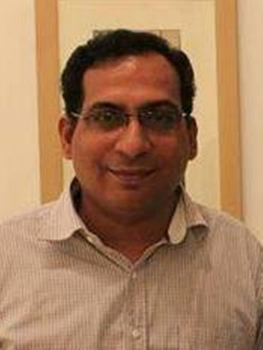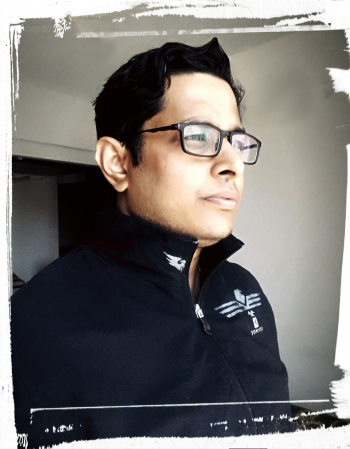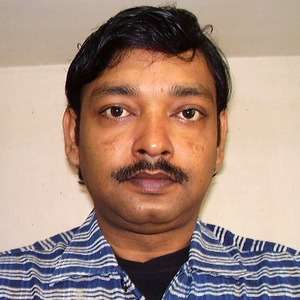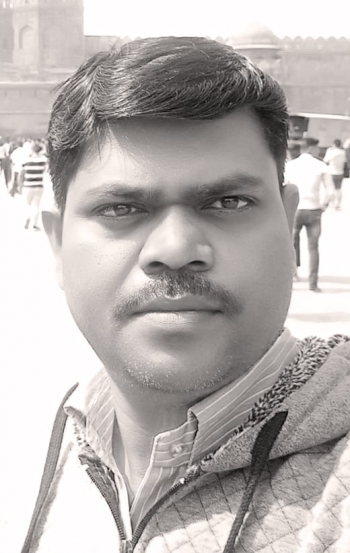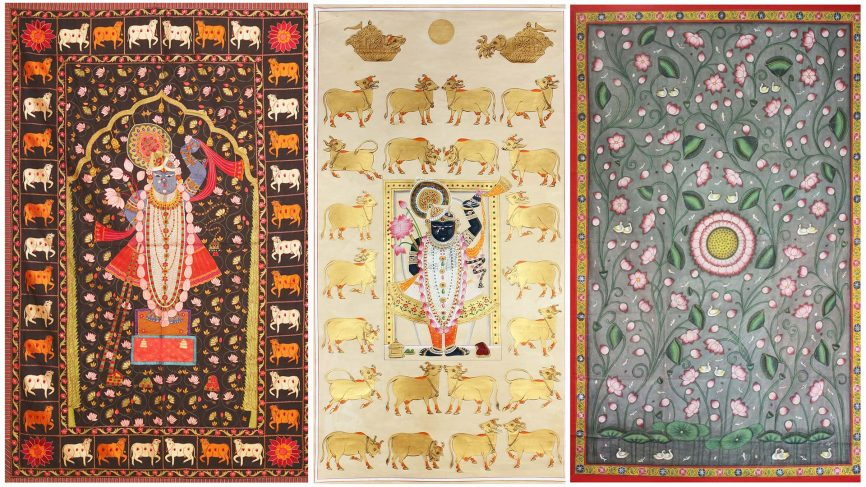
Often called the ‘Art of God’, this traditional art form is quickly becoming popular among art collectors and enthusiasts. Pichwai art is a style of painting that originated nearly 400 years ago in the holy town of Nathdwara in Rajasthan and illustrates Indian tales, poetry, literature, and myths hand-painted on silk, muslin or paper.
This traditional art form is the perfect example of ‘Guru-shishya’ tradition, the intricacies and detailing of the art have been passed down through the generations.
Let’s rediscover the journey of these exquisite paintings from the walls of the temples into homes, studios, and galleries across the world.
The Meaning
Pichwai is a Sanskrit word, wherein ‘Pich’ means back and ‘wais’ means hanging. Keeping in tune to its name meaning ‘hanging at the back’, Pichwai paintings were primarily used to decorate the backdrop for Lord Shrinathji idol (a form of Lord Krishna manifest as a seven-year-old child).
These are scrupulously detailed big-sized paintings done on fabric using dark, rich hues, are designed to create a devotional atmosphere for the joyous adoration of Lord Shrinathji.
The Legend Behind
Shrinathji, a form of Lord Krishna manifest as a seven-year-old child is a dominant figure in Pichwai art.
According to the popular legend, Krishna as a child lifted the Govardhan Parvat on his little finger to save the villagers of Vrindavan from the thunderstorms and flood. This episode of Krishna’s life is portrayed in Shrinathji’s posture with deity’s left hand raised while rest hand is bent to shower blessings.
This posture of Shrinathiji is most frequently painted figure in Pichwai paintings while others mostly feature the leelas, tales and events in Lord Krishna’s life.
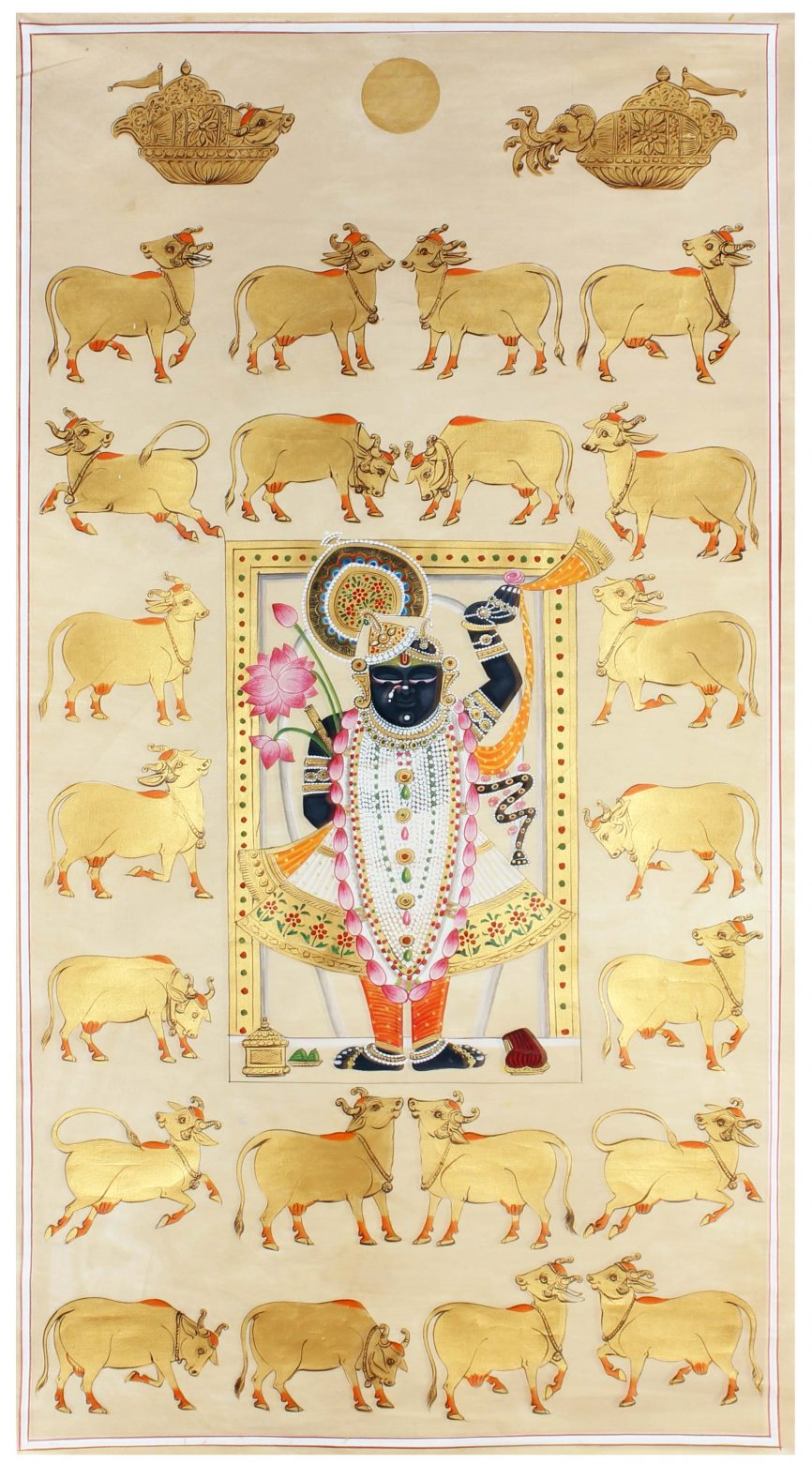
Source: https://www.architecturaldigest.in/
The Technique
Creating a Pichwai painting is an arduous task that can take several months. It involves the use of various pigments like metallic, organic, minerals and synthesized minerals.
Pichwai paintings are full of intricate embroideries, gem work, and fine detailing. Also, these paintings are not created through regular easel and paintbrushes but rather involves intricately strokes by hand while sitting on the floor.
Firstly, the base material (Bhumibhand) is pasted on a plain surface and burnished for smoothness. Secondly, a sketch of the composition is done using either black or red ink. The natural stone colors are filled (Ranga Karma) using various dry and wet techniques. Lastly, a border or ‘hashiye’ is done of the painting.
True colours are the essence of Pichwai art. Natural paints made from gold, coal, silver, indigo, zinc, saffron and other minerals are used for the artwork. Artists grind the colours, take the dust and add tree gum to paint their piece.
Unlike other art forms, there is no possibility of touch-up in these paintings owing to the because of their fine detailing. With no room for error, Pichwai art requires immense skill, experience and patience.
Redefined Pichwai
Steeping in tradition, Pichwai art depicted the moods of the Lord on the canvas. However, with a change in mindset towards art and aesthetics, this art form is gradually evolving incorporating the contemporary elements!
To cater to the requirements of customers for decorating their modern homes, the size and structure of the paintings are reduced from 10-12 feet to about 2-4 feet now.
Also, the subject has undergone a transformation owing to the audience’s changing demands- artists are creating contemporary renditions of this traditional art form in terms of composition, colours and features (sharp nose, round/oval-shaped eye) of the deity.
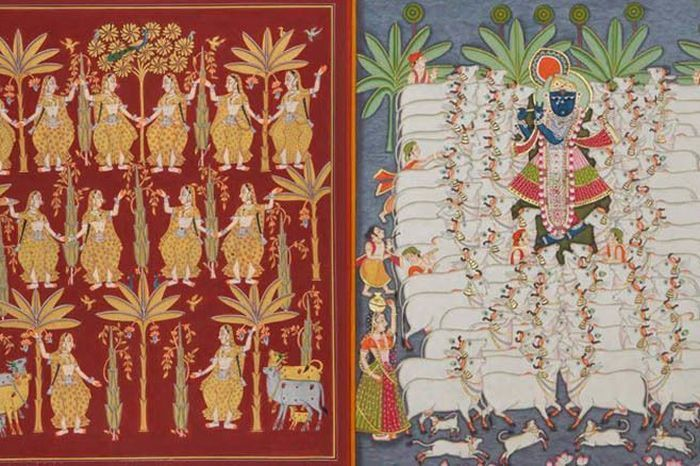
Source: https://homegrown.co.in/
Charting a new path, various artists have started painting on social issues such as saving trees, water to generate awareness and create a niche for their artwork.
Apart from this, Pichwai art is now being used on clothes such as saree and various artistic home decor items with vibrant colours including hand-woven tapestries which have received good response from the customers.
Wrap Up
Like every art, Pichwai painting has its own beauty and meaning!
These paintings of love and happiness, created with utmost devotion by artists invoke joyous feelings and positive vibes.
What is important is not just to preserve this Rajasthani traditional art form but also to encourage its contemporary form!











